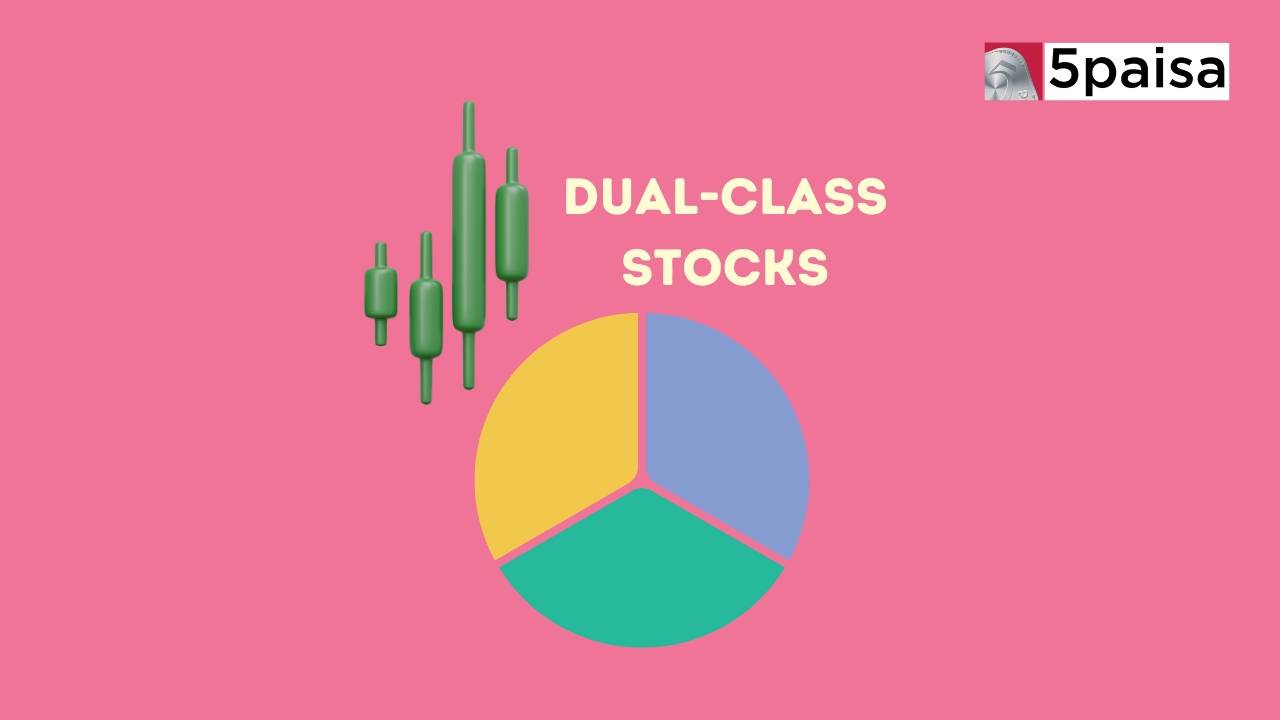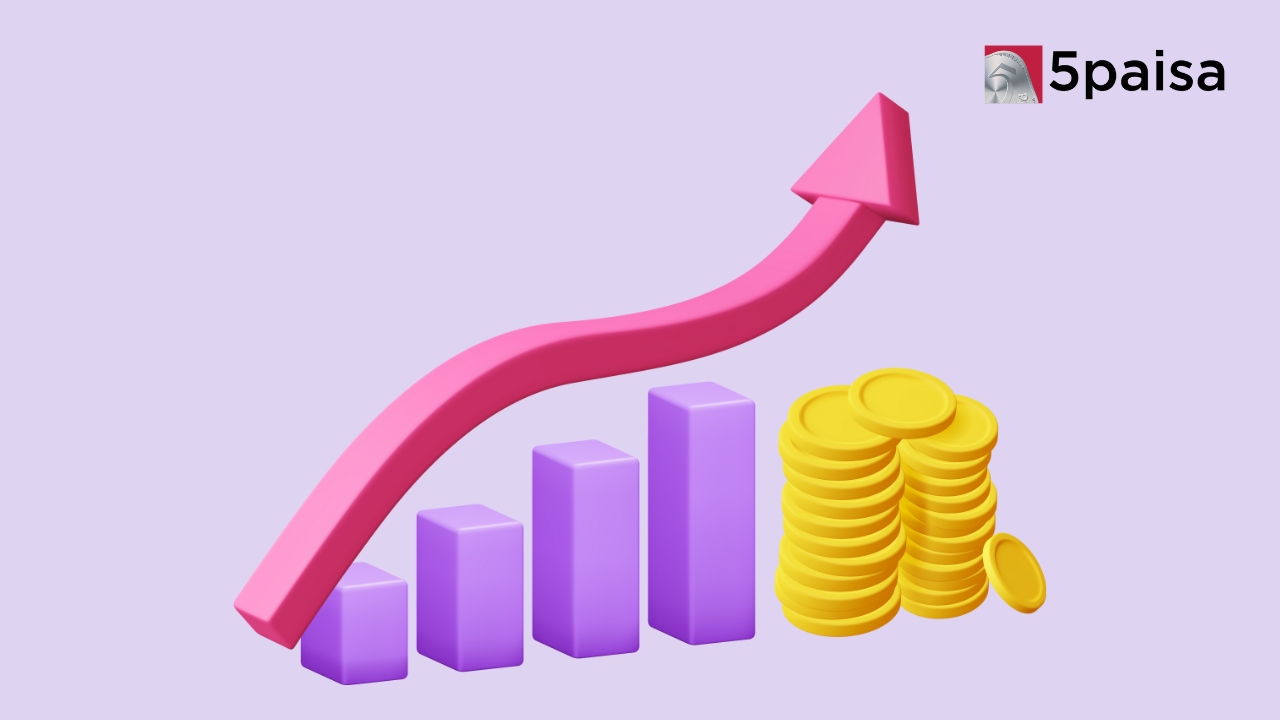What are Dual-Class Stocks?

Last Updated: 15th May 2024 - 06:30 pm
What are Dual-Class Stocks?
Founders and executives come together to create companies to win a major market share and become prominent leaders in the sector. As a company grows, it becomes large enough to be profitable when publicly listed. A public listing of companies allows multiple retail investors to own a small chunk of the company in terms of the number of stocks. When you buy a stock, you become part owner of the company, and naturally, it comes with certain voting rights. With a large enough pool of retail investors, outvoting company executives and affecting company decisions is possible.
Company executives want to retain voting rights and make crucial decisions regarding the company. So, they issue dual-class stocks. This blog explains what are dual-class stocks and their significance in the stock market.
Examples of Dual-Class Stocks
Many well-known companies have dual-class stock structures. Google, Facebook, Christian Dior, Chanel, etc, issue dual-class stocks. This way, the founders and insiders have total control over company decisions that impact brand identity and future growth.
How Do Dual-Class Shares Work?
Traditionally, one share equals one vote. Dual-class stocks meaning is different as they deviate from this principle by introducing multiple stock classes. As a result, the voting rights and liquidity associated with these shares vary. Here is how they work:
● Dual Class Stocks – Generally, stocks are issued as Class A and Class B stocks. Class A stocks are reserved only for company executives and insiders with important board positions who make company decisions. The general public can only purchase Class B shares available through the stock exchange.
● Unequal Voting Rights – Class A shares available for executives generally have higher voting rights. For example, each class A share may correspond to 10 voting rights. Class B shares have lower voting rights, typically one right per share. Sometimes, Class A shares may have preferential treatment with respect to dividend payouts.
● Economic Rights – Both classes of shares have the same economic rights. They are both entitled to dividend payouts in the same proportion.
How a company structures its dual-class stocks can differ based on its requirements. Sometimes, the company may also create another Class C shares to distribute among employees.
History of Dual-Class Stocks
The dual-class stocks definition is not a modern financial concept. It has existed since the concept of company shares became a reality. Dodge Brother's IPO offered stocks without voting rights to the general public in America, creating dual-class shares. Following the market disruption, NYSE banned dual-stocks but ultimately removed the ban in the 1980s.
The technology companies that want to preserve and grow their dominance hold on to dual-class stocks to ensure that short-term investors don't take part in long-term company decisions. There are ongoing discussions about fairness and the potential of dual-class stocks for investors. It has its own advantages and limitations.
Advantages of Dual-Class Stocks
● Retain company control – Founders create companies with a vision, and dual-class stocks allow them to retain their long-term vision. They can stay indifferent to short-term profits and not get pressured by public investors.
● Support for innovation – By reinvesting profits in research and growth, companies can create groundbreaking innovations. Public investors would vote for dividends instead of the company's future growth.
● Attracts talents – The possibility of owning shares with higher voting rights attracts talented executives from around the world.
● Promotes growth – As executives cannot freely trade their shares in the stock market, their company ownership will only be fruitful if they all focus on the company's growth. It benefits all the shareholders in the long term.
Disadvantages of Dual-Class Shares
● Power-hungry management – Dual class shares with higher voting powers can result in controlling families that hold on to their power instead of focusing on the company's growth.
● Reduced transparency and accountability – The general public who owns company shares expects the company to be transparent. Sometimes, the executives may take self-serving decisions, that can affect other shareholders.
● Limited voice for investors – Dual class shares increase the accessibility of company shares, but investors have diminished powers. Some investors may not be interested in buying stocks of a company where their voice has no value.
● Market distortion - Dual-class stocks ultimately result in power inequality between shareholders, and it can create market distortions.
Dual-Class Stocks in US Stock Exchanges
In the US stock exchanges, dual-class stocks are extremely popular. Many publicly listed companies have dual shares. Several newly listed technology, media, and entertainment companies have issued dual-class shares.
Dual-Class Shares in Asia-Pacific Region
Dual-class shares are more common in Hong Kong and Singapore, where family succession planning is crucial. It helps the families to maintain control over strategic assets and avoid hostile takeovers.
Dual-Class Shares in India
Indian stock market is more restrictive due to strict regulations and corporate government norms. So, dual-class shares are hot very common. In India, companies can issue Differential Voting Rights (DVRs) only if the company has been profitable for the last three years with zero defaults in annual return filing. DVR stocks cannot exceed 25% of the company's share capital. In 2008, Tata Motors led the way with DVR stocks, offering limited voting rights but higher dividend payouts for common investors.
Conclusion
Dual-class stocks are preferred by companies that want to retain control over decision-making. These stocks protect the business, support its growth, and improve long-term sustainability. However, it has some drawbacks, as general investors feel less valued without voting rights. It is not very common in India because, without voting rights, public shareholders can never be sure whether they will get dividend payouts even if the company is profitable.
- Flat ₹20 Brokerage
- Next-gen Trading
- Advance Charting
- Actionable Ideas
Trending on 5paisa
Indian Stock Market Related Articles
Disclaimer: Investment in securities market are subject to market risks, read all the related documents carefully before investing. For detailed disclaimer please Click here.
 5paisa Research Team
5paisa Research Team
 Sachin Gupta
Sachin Gupta




